By Allison Grace and Rachel McBryde
Love him or hate him, there is no denying that Tony Stark is a major part of the MCU. In fact, he was the one who started the franchise.
He has moments where he is endearing (I love you 3000, anyone?) and times when you just want to hit him on the head with a frying pan (like the entirety of Avengers: Age of Ultron).
Now, before we get much farther, let me give you a warning. There are going to be a zillion spoilers in this post, so hold onto your hats.
We will be using K.M. Weiland’s character arc structure as the outline for this post. She has some awesome resources on her site, so if you haven’t, go check her out!
(Important note: All the information in italics at the beginning of each section was adapted from Weiland’s article here.)
Whenever I (Allison) am trying to learn something new, I’ll look to examples for guidance. But the problem becomes that I can’t find examples involving things I’m familiar with. Since I’m not a big Lord of the Rings fan (don’t banish me), articles about Frodo aren’t that helpful.
I know a lot of us are familiar with Marvel and probably have seen the movies at least twice. Whether or not you like Tony, hopefully, this article will give you some insight into how to write effective character arcs in your own stories!
Now, before we dive into the actual character arc, we need to talk about what Weiland calls “The Lie.”
This is a misconception Tony has about himself or the world at the beginning of his story.
Tony has a lot of issues, so it’s a bit hard to pin down his Lie. But in general, Tony believes, “It’s okay to do whatever I want, particularly if it furthers my agenda.”
Throughout the MCU, we see Tony’s Lie clash with Pepper, the Avengers, and even himself. But gradually, almost painstakingly, Tony learns that looking out for the interests of others is better than just doing his own thing.
Now that we’ve got that nailed down, let’s take a look at where Tony’s story all begins: Afghanistan.
Hook – Iron Man
At the beginning of the character arc, your character believes a Lie about himself or herself that helps them function in the world. This is the way they have always lived and it’s worked out so far.
In Iron Man, Tony is introduced to the audience as a selfish, irresponsible playboy with little care for anyone else. He is blind to the damage his actions – and lack thereof – are doing. In his mind, he really can do whatever he likes and not worry about the consequences.
But then he gets kidnapped by terrorists using his own company’s weaponry, and things start to change.
Tony begins to realize his actions can have uncomfortable repercussions, and he starts to take a bit of responsibility back – both in his company and in his personal life. He hasn’t stopped being selfish and thoughtless, but he’s turning in the right direction.
Inciting Event – The Avengers
At the inciting incident, your character runs face-first into the conflict of your story. Something about this conflict makes your character begin to question his Lie.
Yes, we did skip Iron Man 2 because Tony doesn’t really change because of the events of the film.
One of the most important moments in The Avengers is Captain America’s argument with Tony. Their exchange has repercussions for both characters throughout the rest of the MCU.
Cap says Tony is nothing without his armor and would never “make the sacrifice play.”
From what we know about Tony so far, we would agree with Cap. Sure, Tony has put his life at risk to save lives in the past, but in general, he chooses himself over everything else.
Gif credit: Gifs
But when aliens attack New York and the World Security Council decides to nuke Manhattan, Tony makes a different choice. He grabs the missile and flies it through the portal, knowing full-well it’s a one-way trip.
Miraculously, he survives.
This is the moment where Tony’s Lie starts to crack. All the other sacrifices he has made up to this point have had something of his own self-interest in them. This one is purely selfless.
1st Plot Point – Iron Man 3
At this point in your story, your character must choose: stay in his old Lie-ridden world or face the conflict. Once he chooses to continue, there is no going back to who he was before.
Tony lapses back into selfishness for most of Iron Man 3, desperate to protect everything he loves from another alien attack he’s sure will come.
It’s not until midway through the movie that he realizes his all-consuming paranoia is driving his friends away and he begins making amends. He admits to Pepper that he’s been selfish, and at the climax, he destroys his Iron Legion as proof that he is going to put her first.
1st Pinch Point – Avengers: Age of Ultron
Now that your character has left his Lie-ridden world, he has to learn to live without it. He’s always used it to get what he wanted before, but in this new world, with his new friends, the Lie only backfires and leaves the hero in a bigger mess than he was before.
Even though Tony is making strides to mend his selfish ways, he’s not perfect. Every time he takes a step forward, he takes two backward.
At some point between Iron Man 3 and Avengers: Age of Ultron, Tony rebuilds his armory.
Plagued by the fear of the aliens returning and allured by Loki’s scepter, he builds Ultron to put “a suit of armor around the world.”
Ultron is designed to protect the world from any danger, but he evolves, soon targeting the Avengers as Earth’s greatest threat.
Even though Bruce Banner warned against creating Ultron, Tony’s “I do what I want” mentality won.
He got what he wanted, but it wasn’t what he was expecting.
Gif credit: Tenor
After Age of Ultron, Pepper breaks up with Tony. On top of that, Tony is now living with the guilt of destroying Sokovia.
Midpoint/2nd Plot Point – Captain America: Civil War
At the midpoint of your story, the hero realizes the Truth. He sees its power but still is unwilling to let his Lie go. However, the Lie and the Truth are opposed to one another. The hero tries (unsuccessfully) to use both of them at once to get what he needs.
After the mess he made in Avengers: Age of Ultron, Tony becomes even more aware of the damage his selfish actions cause. Now guilt drives him to sign the Sokovia Accords, which will hopefully keep the Avengers in check.
But he has yet to let go of his self-interest. Tony disregards Captain America’s personal convictions in an attempt to save the Avengers from jail time, and the rest is history.
2nd Pinch Point – Spider-Man: Homecoming
The hero finally uses the Truth and starts to see good results. This newfound success motivates him to continue following the Truth.
Tony’s protégé, Peter Parker, is struggling to start his superhero career. After his brief stint in Germany, he wants nothing more than to join the Avengers and be “legit.”
With Tony ignoring his requests for a mission, Peter takes it upon himself to fight the Vulture. Tony repeatedly tells him to stay out of it, but Spider-Man has something to prove.
After a near-tragic accident with a ferry, Tony confronts Peter.
Peter insists that he only wanted to be like Tony. But Tony doesn’t want the kid to follow in his footsteps. He’s done a lot of damage by following his Lie and wants to protect Peter from making the same mistakes.
Gif credit: Tenor
Tony knows the kid is eager to be a hero, but he also knows how much it costs. There’s more to being a hero than having a catchy name and a cool outfit. Sometimes, you have to make sacrifices.
Now that Tony is learning to use his Truth, he can see Peter maturing as a result.
3rd Plot Point – Avengers: Endgame
The hero has reached his lowest point. Even though he’s seen the Truth, he still clings to his Lie. But now there is nowhere else to go. Following his Lie has brought him to the depths of despair. If he continues on this path, it will only destroy him. The hero recognizes the only way to succeed is to fully embrace the Truth.
As with Iron Man 2, Infinity War doesn’t see much character growth on Tony’s part, so we’re jumping straight into Endgame.
When the Avengers first approach Tony about the possibility of reversing the Snap, it looks like he’s going to refuse – after all, he’s got so much to lose if things go badly. He has rebuilt his life after the disastrous end of Infinity War and he’s happy (at least mostly) with things as they are.
But then Tony does something surprising. He agrees to help, despite the fact that this last mission could cost him his life with his wife and daughter. Tony simply can’t sit by and do nothing when he has the chance to undo his greatest mistake - his failure to prevent the Snap.
In fact, it’s Peter’s “death” in particular that helps motivate Tony towards rejoining the other Avengers for their final mission. He feels a deep sense of responsibility for the kid and blames himself for Peter’s fate.
Finally, Tony is ready to put his self-interest behind him and do whatever it takes to save the world and the people he’s lost.
Climax – Avengers: Endgame
The hero comes face to face with the antagonist for the last time. He rejected the Lie during the third plot point; now he uses the Truth to defeat the antagonist once and for all.
It’s the final battle. The Avengers are scrambling to keep the Infinity Stones away from Thanos. They are overwhelmed by the Chitauri army.
It looks like they are going to lose.
Doctor Strange catches Tony’s eye and raises a finger. This is their one chance to win.
Gif credit: Tenor
Tony knows that defeating Thanos once and for all will cost him his life. But he’s done being selfish. He’s willing to do whatever it takes.
He has embraced his Truth: True heroism requires selflessness and sacrifice.
Climactic Moment – Avengers: Endgame
The hero uses the Truth to gain the thing they have needed throughout the whole story. He might also get the thing he’s been wanting, but he might have to make a sacrifice instead.
Tony is ready. He has reached the point where he knows how it’s going to end, and he accepts it. The only way to save everything he loves is to lose it.
Tony uses the Infinity Stones to snap Thanos and his army out of existence at the cost of his own life. His act of self-sacrifice is what was required to achieve his Need: saving the people and world he loves.
Resolution – Avengers: Endgame
Now that he has achieved his Need, and maybe his Want, the hero returns to his ordinary world. But it’s not the same. He’s changed and he sees everything differently now.
Unfortunately, Tony does not get to enjoy life with his fully recognized Truth. Instead, we get a series of heart-wrenching scenes that never fail to make us cry.
He gets what he Needed--to save the world--but not what he Wanted--peaceful life with his loved ones.
Gif credit: Tenor
Tony’s ending is an exception for this part of the arc. Most of the time, the characters get to enjoy their life after they fully embrace their Truth. They might get the girl, reclaim their rightful throne, or live in peace on a tiny farm.
But sometimes, like in Tony’s case, they die before their new life can be fully realized.
When I (Rachel) first started watching Marvel movies, there was no doubt about it – Tony Stark was my least favorite character. I couldn’t stand him.
Sure, he was witty and he had super-cool tech, but his personality flaws – the things that made him human, ironically – were just too much.
But as the movies progressed, I began to see the change Allison and I have just outlined taking place, and my opinion changed. Tony’s still not my all-time favorite Marvel character, but since seeing the tear-inducing climax of his decade-long journey, I’m willing to proudly put him forward as one of the very best arcs the Infinity Saga has to offer.
Marvel created a character with seemingly irredeemable flaws, and then took him on a journey that spun him 180 degrees. Tony wasn’t perfect in the end, but he had learned what was required of him in order to be a true hero.
Hopefully, you’ve learned something too. Do give your characters flaws – even serious ones. Do make them fail to do the right thing and struggle with their Lie.
But also give them the opportunity to rise above and accept whatever Truth it is they need to learn to fulfill their Need. After all, that’s what a positive character arc is all about.
Who do you think has the best character arc in the Infinity Saga?
Allison Grace
Allison Grace used to hate writing.
Now she can’t imagine a world without telling stories.
She has written several short stories and completed a novel. Her favorite themes to write about (fiction and nonfiction) are identity, faith, and redemption. She also has a whole stash of unfinished fan fiction no one is allowed to read.
Besides writing, Allison loves to crochet stuffed animals and dolls to give to charities. She is a shameless Star Wars and Marvel nerd and can carry on an entire conversation solely in movie quotes.
She blogs at allisongracewrites.com
Rachel McBryde
Rachel McBryde lives in Middle-Earth – a.k.a. New Zealand.
At age 14 she decided to write a fantasy trilogy, and four years later those manuscripts are in the company of a standalone fantasy novel, the bones of a sci-fi story, and a large pile of Marvel fanfiction. Rachel loves finding ways to work biblical themes into her stories, and has just begun to branch out into nonfiction writing.
In her free time, Rachel enjoys reading, listening to movie soundtracks, playing the piano, drawing portraits, volunteering at her local charity shop, and learning Russian.

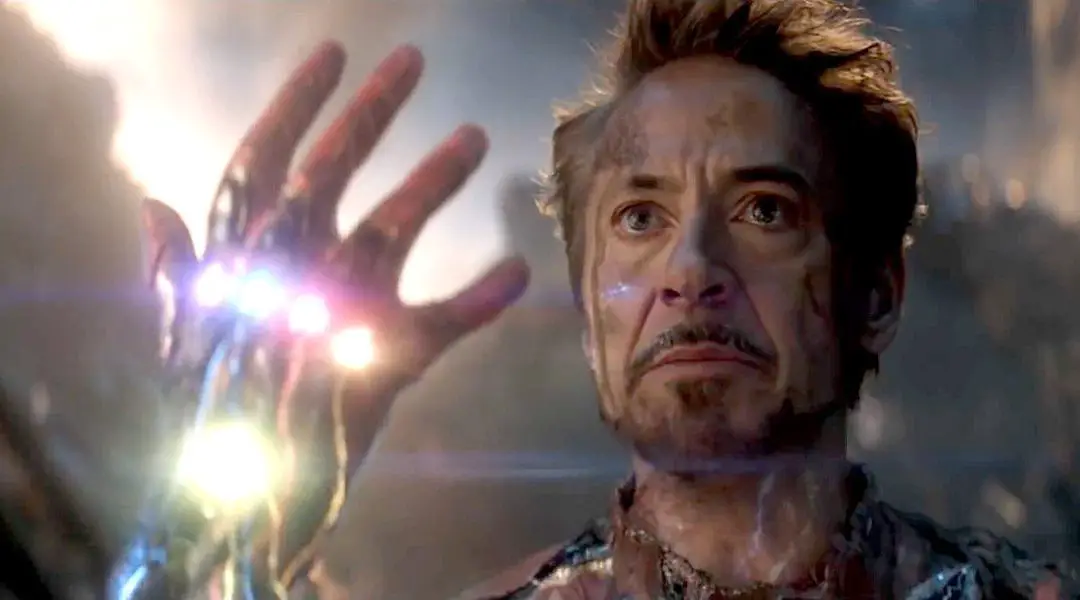


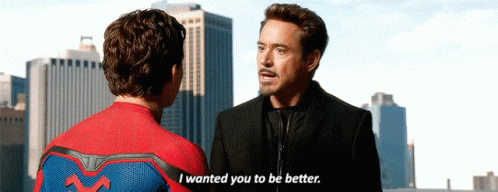
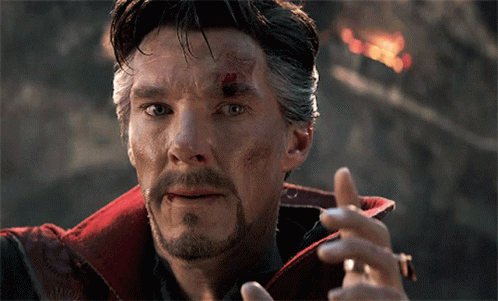
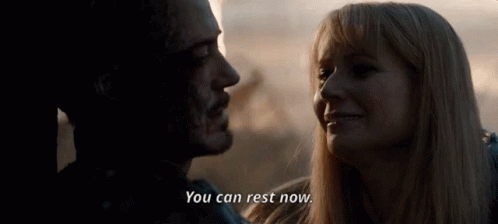
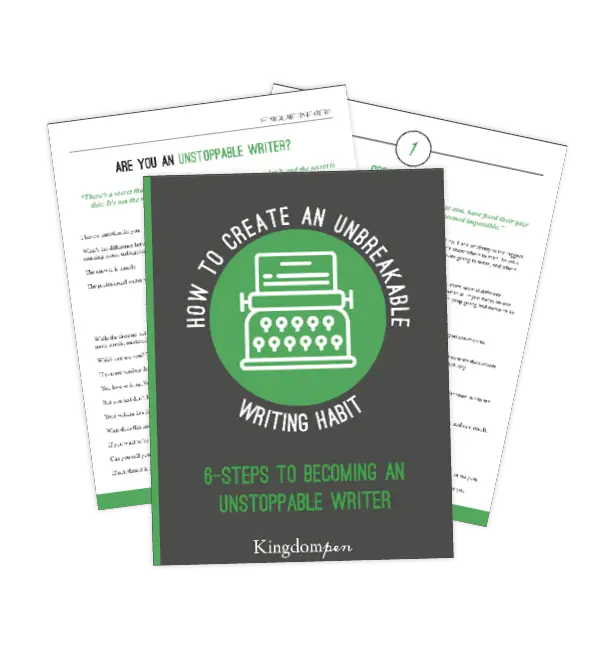

Tony Stark sounds like a really cool character! I’ve only seen the first Avengers so I don’t know too much about him, but he does seem to have an awesome character arc. I really don’t know about my favorite Marvel character–I’ve only seen, like, three of the movies so I don’t have much to go off of….All I know is that in my fanfics, he either rides a Night Fury or goes by the warrior cat name Starkfur.
I write weird fanfictions…..
Noooo the climax made me cry 😭. I’m watching Endgame for the first time right now. I mean, I know what happens. But still!!
Thanks for the great article!
Ooo, I love how in depth this is! Character arcs are one of my favorite things in writing so this is not the last time I’ll be reading this article!
What an amazing article, Allison and Rachel!! Though it isn’t helping with my desire to rewatch the Avengers movies… Tony’s arc is definitely one of my favorites, and you’ve helped put into words /why/ I like his character. I’m definitely coming back to this article in the future!